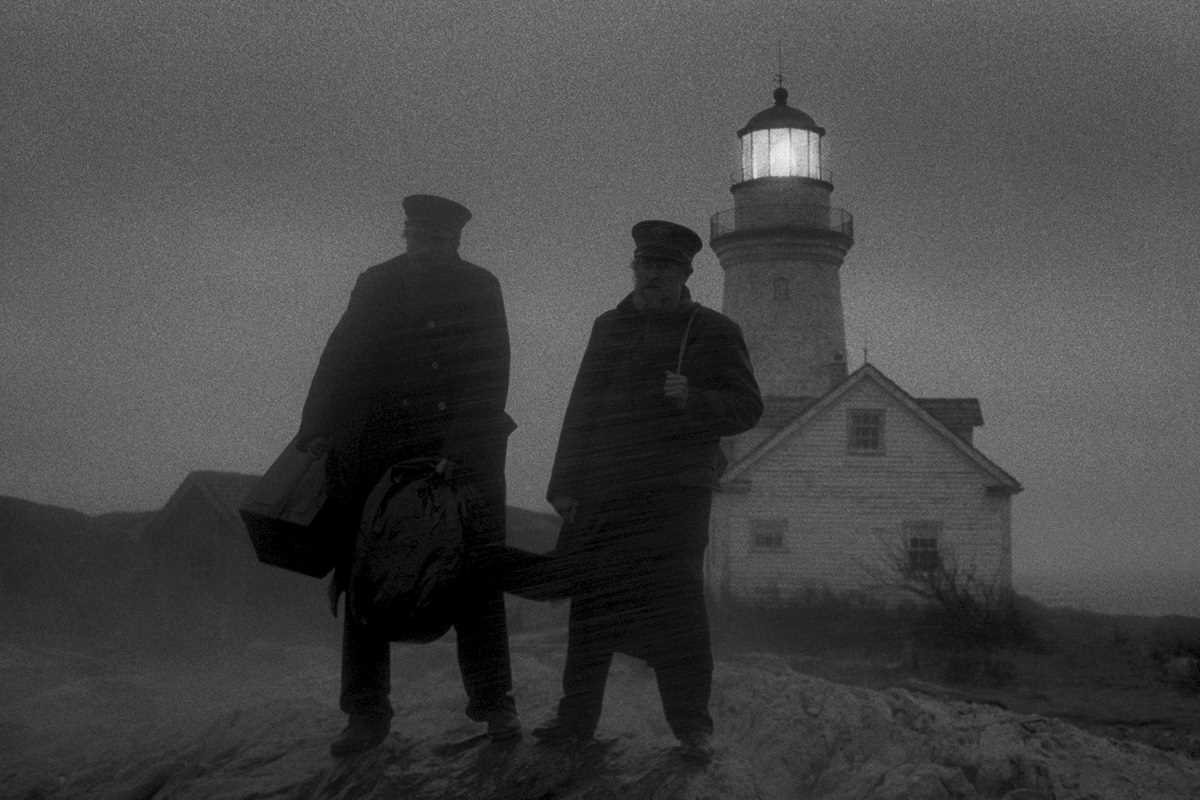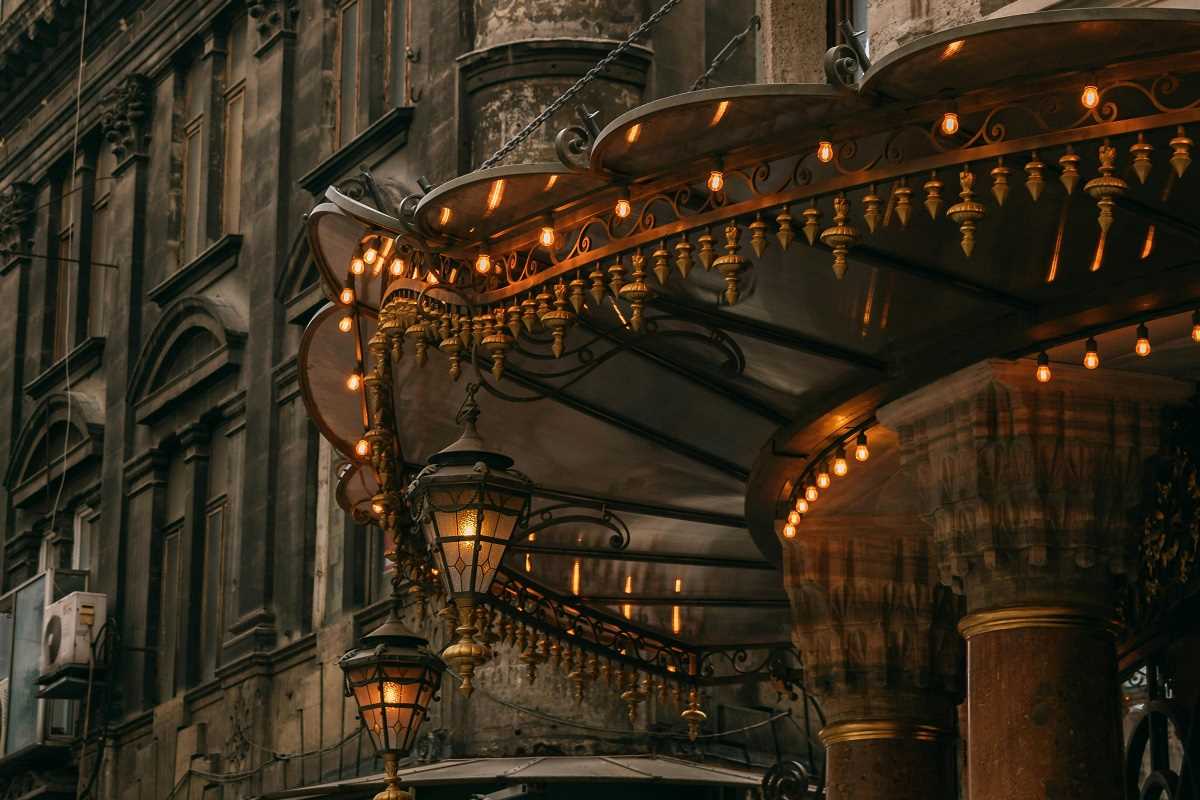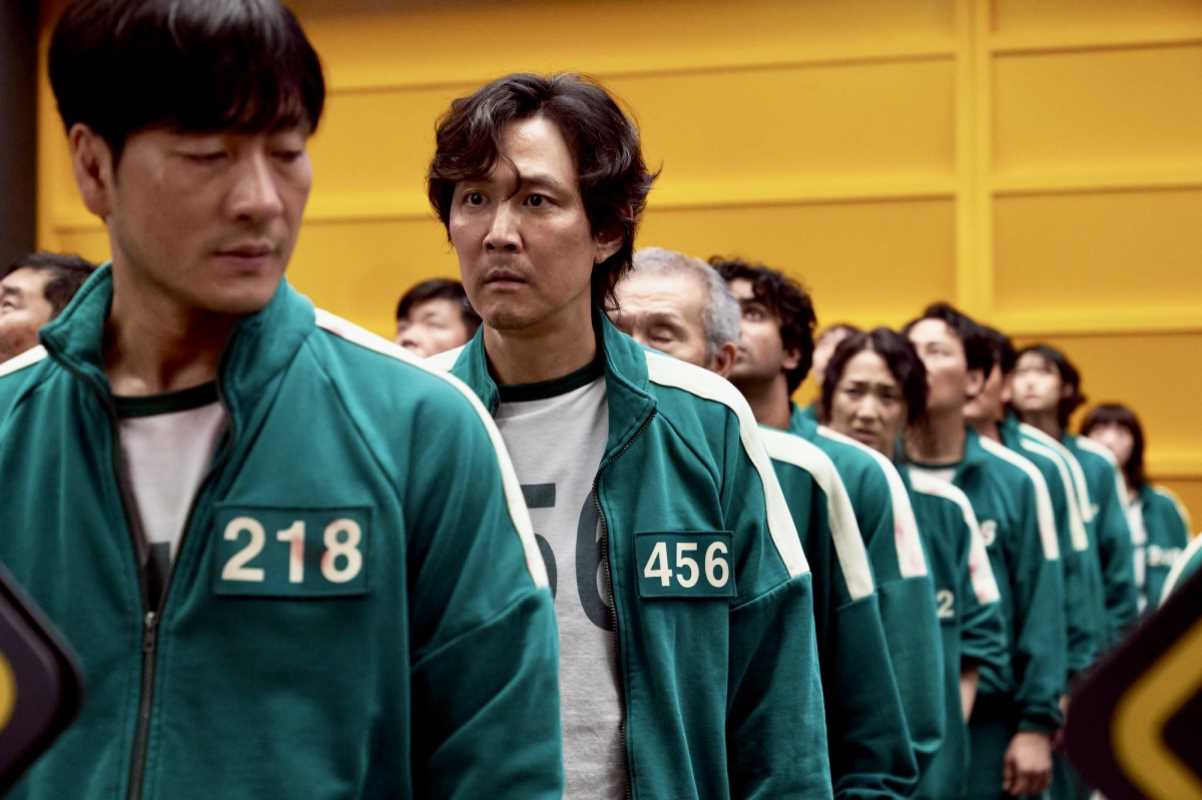The world of cinema has always been shaped by its ability to adapt and innovate. From the silent films of the early 20th century to today's CGI-laden blockbusters, filmmakers continually explore new techniques to captivate audiences. Ironically, in this digital era of vibrant colors and high-definition clarity, a growing number of filmmakers are rediscovering an age-old technique to tell their stories—black-and-white cinematography. This aesthetic, once the norm before the advent of color film, is making a powerful comeback in modern cinema. But why, in an era defined by cutting-edge visuals, do filmmakers choose to strip their movies of color?
Black-and-white films offer more than just a nod to nostalgia. These films use visual minimalism to evoke emotions, direct focus, and elevate storytelling in ways that color simply cannot achieve.
The Allure of Black-and-White in Modern Cinema
The decision to go black-and-white in a contemporary film is far from arbitrary. This stylistic choice is deliberate, calculated, and deeply tied to the story a filmmaker wishes to tell. Black-and-white cinematography strips away the distractions of color, placing a sharper focus on texture, composition, and contrast. It draws audiences into the narrative’s emotional core, creating a timeless world where every detail—be it a shadow's depth or a character's expression—speaks volumes.
For many directors, nostalgia plays a significant role in this creative decision. Black-and-white instantly recalls the golden age of cinema, conjuring images of Humphrey Bogart under dim lights or Charlie Chaplin's expressive face in the flickering silence. However, modern black-and-white films don’t simply mimic their predecessors—they recontextualize the aesthetic to craft uniquely immersive experiences.
The Lighthouse: Monochrome Madness
One of the most striking examples of modern black-and-white filmmaking is Robert Eggers’ The Lighthouse (2019). Set in the 19th century, the film tells the harrowing tale of two lighthouse keepers, played by Willem Dafoe and Robert Pattinson, as they descend into madness while isolated on a remote island. Eggers’ decision to shoot in black-and-white was not just stylish—it was essential to the film's unsettling atmosphere.
Using a nearly square aspect ratio (1.19:1), The Lighthouse immediately evokes the feel of early cinema, making the film feel claustrophobic and intimate. The stark contrasts of light and shadow amplify the psychological tension between the two characters. The minimal color palette also highlights the rawness of their environment—craggy rocks, howling winds, and crashing waves all feel cold and unrelenting. Without color to soften the imagery, viewers are pulled into a world that feels harsh, isolated, and otherworldly. Eggers’ use of black-and-white serves as a storytelling tool, immersing audiences into the lonely madness of the film’s characters while paying homage to the vintage nautical photography that inspired its aesthetic.
Black-and-White as an Emotional Lens in Roma
Alfonso Cuarón’s Roma (2018) is another modern masterpiece that utilizes black-and-white cinematography to transport viewers. Based on Cuarón’s own memories of growing up in 1970s Mexico City, Roma chronicles the life of Cleo, a domestic worker for an upper-middle-class family. The film’s monochrome aesthetic does more than create a visually stunning landscape—it becomes a lens through which the intimate, everyday moments of Cleo's life feel universal and timeless.
Cuarón, who also served as the film’s cinematographer, uses black-and-white to strip away the vibrancy of Mexico City’s streets, forcing the audience to focus on the subtler details of Cleo’s world. From the reflection of sunlight on a child’s tear-stained cheek to the glistening puddles after a street protest, the absence of color allows viewers to see these moments with greater nuance. The monochrome imagery creates a poignant sense of nostalgia, echoing the way memories often feel faded yet deeply etched. By choosing this restrained palette, Cuarón transforms Roma from a simple tale of a young woman’s struggles into a cinematic meditation on memory, class, and cultural identity.
Evoking the Charm of Classic Cinema with The Artist
While films like The Lighthouse and Roma use black-and-white to convey psychological tension or nostalgia, other films evoke playfulness by using the aesthetic to directly reference classic cinema. Michel Hazanavicius’ The Artist (2011) is a loving tribute to Hollywood’s silent film era. The film, which focuses on the fall of a silent movie star as talkies become the industry standard, is presented entirely in black-and-white and is largely silent itself.
The decision to shoot The Artist in monochrome does more than evoke the era it depicts—it allows the heartfelt performances, physical comedy, and lush orchestral score to shine. By using visual techniques associated with silent film, Hazanavicius invites audiences to step back in time and see cinema through the eyes of its pioneers. Despite its seemingly retro aesthetic, The Artist uses this stylistic choice seamlessly, proving that black-and-white can be both innovative and an homage to the past. The film went on to win multiple Academy Awards, showing that even in the digital age, audiences are drawn to the stripped-down simplicity and timeless beauty of black-and-white visuals.
Striking Contrasts and Visual Boldness
Another reason for black-and-white’s resurgence is its ability to create striking visual contrasts. Directors use light and shadow to craft symbolism and mood, turning every frame into a carefully composed photograph. For instance, in Noah Baumbach’s Frances Ha (2012), black-and-white imagery reflects the whimsical and introspective nature of its protagonist’s life. Frances, a struggling artist searching for purpose in New York City, navigates moments of joy and awkwardness that feel amplified in monochrome. The aesthetic brings out the city’s texture, from the glimmering sidewalks to the intimate spaces of Frances’ unpredictable life. This visual simplicity mirrors the film’s focus on character and emotion rather than spectacle.
Similarly, Cold War (2018), directed by Paweł Pawlikowski, uses black-and-white to dramatize the political and romantic turbulence of mid-20th century Europe. The film tells the story of a tumultuous love affair caught in the crosswinds of war and societal division. The stark contrasts of colorless imagery mirror the tension and passion between the protagonists, showcasing black-and-white’s ability to deepen emotional resonance.
The Timeless Appeal of a Simple Palette
Why does black-and-white resonate so powerfully in today’s cinematic landscape? Perhaps it’s because the absence of color feels like an antidote to the over-saturated visuals of modern media. From the technicolor hues of blockbuster franchises to the endless scroll of bright Instagram posts, audiences have grown accustomed to a vibrant, hyper-stimulating visual diet. Black-and-white films, by contrast, force viewers to slow down, take in every detail, and appreciate the artistry behind each frame.
This aesthetic also gestures toward timelessness. A color film is unmistakably tied to the era in which it was made—fashion, technology, and cultural norms all leave their imprint. Black-and-white, however, feels outside of time. Whether it’s a 1930s classic or a contemporary indie production, the absence of color imbues the film with a sense of universality and endurance.
Reinventing the Familiar for a New Era
The resurgence of black-and-white films is far more than a nostalgic callback to cinema’s early days. It represents a creative reinvention of an art form that reminds audiences of the power of simplicity, contrast, and focused storytelling. Contemporary directors like Robert Eggers, Alfonso Cuarón, and others are proving that monochrome isn’t dated—it’s dynamic, fresh, and emotionally profound.
Whether it’s the raw psychological tension of The Lighthouse, the emotional intimacy of Roma, or the charming whimsy of The Artist, these films have proven that black-and-white is not just a relic of the past. It is a bold artistic choice, perfectly suited for stories that demand focus, texture, and emotional depth. Though living in a digital age of endless color possibilities, filmmakers—and audiences—are discovering that sometimes, less truly is more.
 (Image via
(Image via





.jpg)